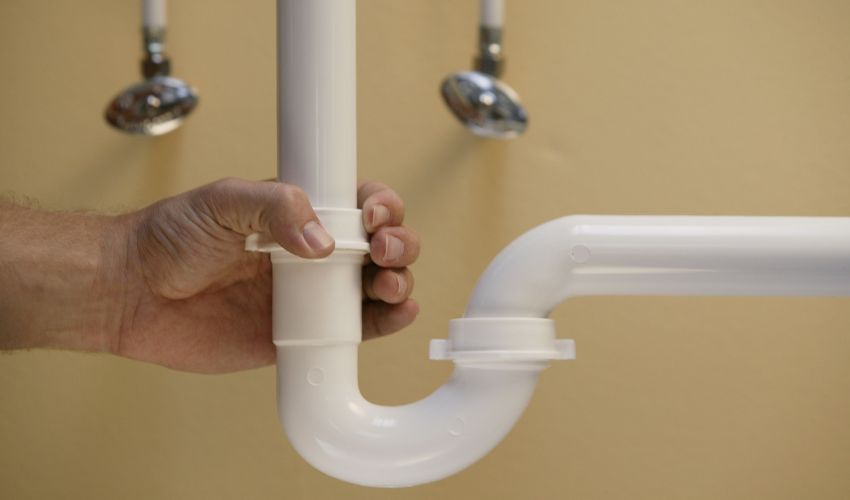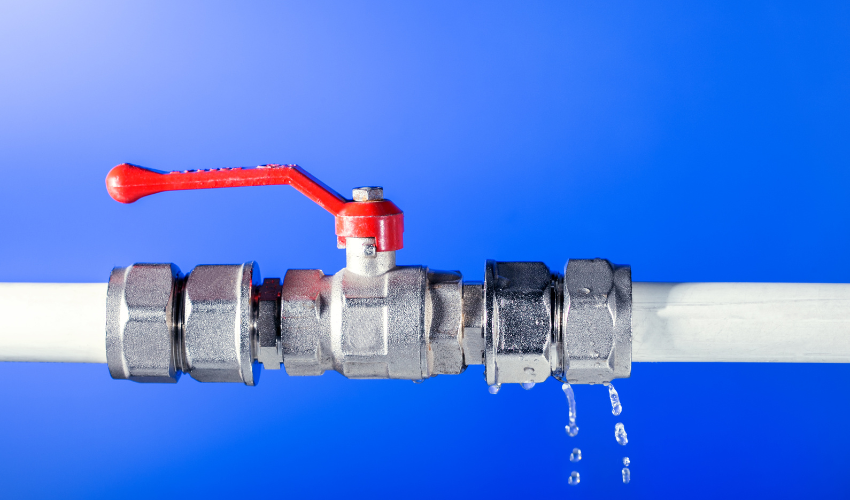Plumbing is a crucial aspect of any house. It is responsible for providing clean water for drinking, bathing, and cooking, as well as removing wastewater from the house. However, many people are unaware of how plumbing works in a house. In this guide, we will explain the basics of plumbing, the different types of pipes and fixtures, common plumbing problems, and how to maintain your plumbing system.
How Plumbing Works in a House: The Basics

The plumbing system in a house consists of two separate subsystems: the supply system and the drainage system.
Supply System
The supply system is responsible for providing clean water to the house. It starts at the water main, which is the pipe that brings water from the street into your house. From there, the water flows through a meter, which measures how much water you use. Then, the water travels through a series of pipes to reach different parts of the house, including sinks, showers, and toilets.
Drainage System
The drainage system is responsible for removing wastewater from the house. Wastewater includes everything that goes down the drain, such as water from sinks, showers, and toilets. The drainage system starts at the pipes that are connected to your sinks, showers, and toilets. These pipes then connect to larger pipes, which eventually lead to the sewer or septic system.
Types of Pipes and Fixtures

There are many different types of pipes and fixtures used in plumbing systems. Some of the most common types include:
- Copper Pipes: Copper pipes are durable and can last for many years. They are often used for supply lines.
- PVC Pipes: PVC pipes are lightweight and easy to install. They are often used for drainage lines.
- Faucets: Faucets are used to control the flow of water in sinks, showers, and bathtubs.
- Toilets: Toilets are used to dispose of human waste. They are connected to the drainage system and have a trap that prevents sewer gases from entering the house.
Common Plumbing Problems

Plumbing problems can be frustrating and expensive to fix. Some of the most common plumbing problems include:
- Leaking Pipes: Leaking pipes can cause water damage to your house and increase your water bill.
- Clogged Drains: Clogged drains can cause water to back up and overflow, leading to water damage.
- Running Toilets: Running toilets can waste a lot of water and increase your water bill.
- Low Water Pressure: Low water pressure can make it difficult to take a shower or wash dishes.
How to Maintain Your Plumbing System
Maintaining your plumbing system can help prevent plumbing problems and extend the life of your pipes and fixtures. Here are some tips for maintaining your plumbing system:
- Regularly Inspect Your Pipes: Inspect your pipes for leaks or signs of corrosion.
- Avoid Pouring Grease or Oil Down the Drain: Grease and oil can solidify in your pipes and cause clogs.
- Use a Drain Strainer: A drain strainer can help prevent hair, food, and other debris from clogging your drains.
- Know When to Call a Professional: If you have a plumbing problem that you cannot fix on your own, it is best to call a professional plumber.
FAQs
What is a plumbing trap?
A plumbing trap is a curved section of pipe that is designed to prevent sewer gases from entering your house.
How often should I replace my pipes?
The lifespan of pipes can vary depending on the type of pipe and the quality of the installation. However, most pipes can last for several decades with proper maintenance. It’s important to regularly inspect your pipes for signs of corrosion, leaks, or other damage, and to replace them if necessary.
Can I install plumbing fixtures on my own?
While it is possible to install some plumbing fixtures on your own, such as a faucet or showerhead, it is recommended to hire a professional plumber for more complicated installations. Improper installation can lead to leaks, water damage, or even health hazards from exposure to sewage gases.
How can I tell if I have a plumbing problem?
Some signs of plumbing problems include low water pressure, slow drains, foul odors, or unusual noises coming from your plumbing system. If you notice any of these signs, it’s important to address them as soon as possible to prevent further damage.
What should I do if I have a plumbing emergency?
If you have a plumbing emergency, such as a burst pipe or overflowing toilet, turn off the water supply to your house and call a professional plumber immediately. They will be able to quickly diagnose and fix the problem to prevent further damage.
Conclusion
Understanding how plumbing works in a house is important for maintaining a safe and functional living environment. By knowing the basics of plumbing, the different types of pipes and fixtures, common plumbing problems, and how to maintain your plumbing system, you can save time, money, and frustration in the long run. Remember to always hire a professional plumber for complicated installations or plumbing emergencies, and to regularly inspect and maintain your plumbing system to prevent problems from occurring.






















